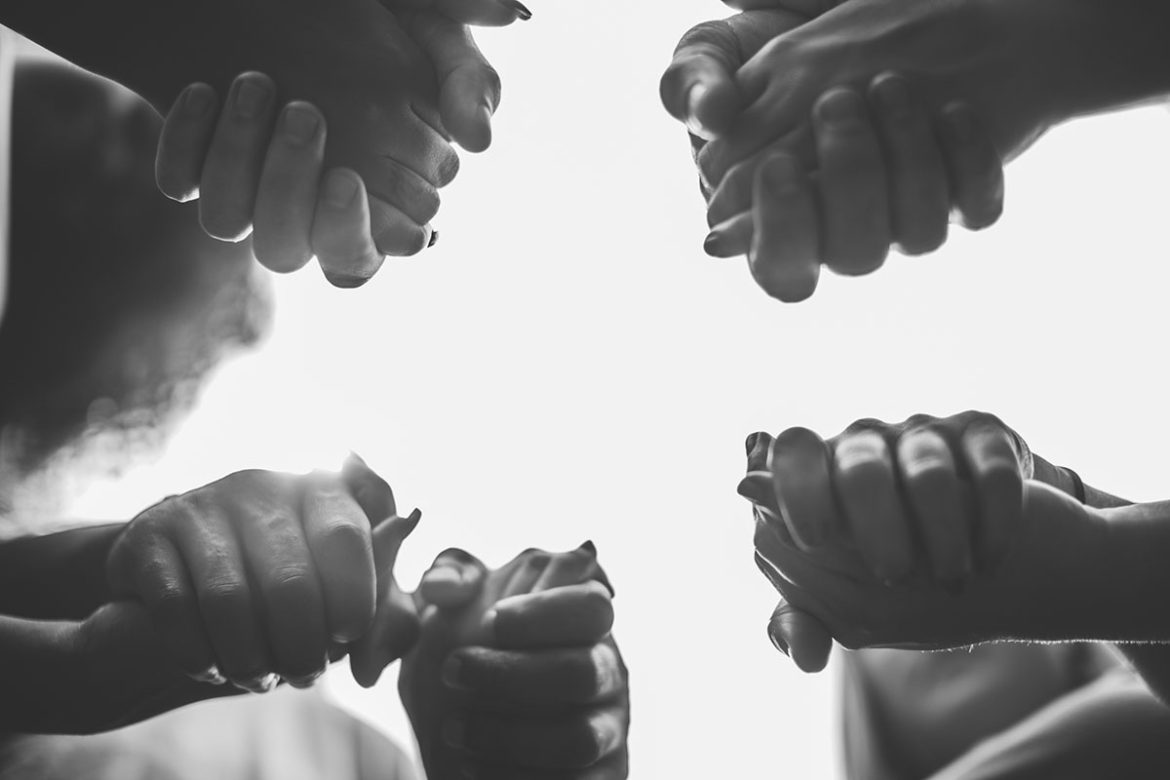by Tom Sine.
This article is reposted from the V3 blog which Tom writes for each month.
Violence at the recent white supremacists’ demonstration at Charlottesville, Virginia alarmed Americans of all races across our country. I suspect many are surprised to learn that white supremacist, fascist and Nazi movements are all rapidly growing in America.
Christians of all cultures are having to ask the important question: As followers of Jesus, how we can be agents of racial reconciliation in times like these?
The best single Christian resource I have found on racial and reconciliation is this article from Sojourners Magazine.
For those who are involved in important work of church planting, like my friends in the V3 Movement, I have some very good news! There is rapidly growing new movement of multicultural church planting going on in America today. The even better news is that we can all be a part of it in our existing congregations and in planting new expressions of church.
Turning to a New Model of Ministry
At core this new movement is based on a new ecclesiology that I first discovered in Rodney Clapp’s important book, Families at the Crossroads. In it, he points out that the New Testament has little to say about family. However, what it does say is very radical.
Clapp reminds us of Jesus new radical description of family: “Who is my brother, sister, mother of father but he who does the will of God?” He suggests this scripture implies to become a follower of Jesus is to become a part of a new “first family” that transcends race, class and culture.
The social history of the first century church is filled with remarkable examples of followers of Jesus who indeed were creating new communities that routinely cut across race class and culture. It was a powerful witness that God was powerfully at work doing something new.
In the 80’s, the homogenous church planting efforts urged planters to create new churches on the pragmatic premise that it is easier to create new congregations with people of the same racial, cultural and class background. However, I find few young church planters who embrace that kind of pragmatism which led to 11 am Sunday morning becoming the most racially divided hour in American life.
There are a growing number of not only new church plants but also traditional congregations that are seeking to become richly diverse examples of that new “first family” that Jesus called us to join.
An Example for Consideration
At the beginning of this new millennium, First Covenant Church in Saint Paul, Minnesota, which was planted by immigrants from Sweden 140 years ago, found itself in in an increasingly racially diverse community.
The Spirit of God woke them up to this new opportunity. They started a host of new programs such a tutoring program in the racially diverse schools in the community to engage both students and parents. Now 80% of those who participate in these community programs are non-Anglo.
This led leadership in the Evangelical Covenant Church in America to start an aggressive new church planting program that included the goal of half of all new church plants would be multi-cultural and multi-racial. They also mandated creating new plants where a greater share of both congregational time and money was invested in serious change making both locally and globally.
Efrem Smith planted Sanctuary Covenant Church in a richly interracial community in north Minneapolis in 2003. It started with 22 people and grew to 900. It was 40% black, 40% white and 20% Latino and Asian. They drew upon the music, food and culture of all groups and all were invited into leadership.
Efrem spoke at one of our events at Mustard Seed Associates in Seattle in 2008 describing his growing congregation of 900 and their commitment to neighborhood transformation. They started a Community Development Corporation to help the church provide a broad range of ways to empower their most vulnerable neighbors. Remarkably Efrem told me that over 50% of the church budget was invested in local and global mission in those days.
The Evangelical Covenant Church is a part of God’s good news helping people in multicultural church plants all over America to discover we are all a part of God’s new first family. Over 30% of members in this denomination is multicultural and that number is growing.
One of the brilliant elements of this important growth of new and older multicultural cultural churches is a leadership training venture called “Journey to Mosaic.” Essentially leaders join a week-long bus trip where they sit with a leader from a different race or class than and you share your different responses to experiences that include spending a day with an African American Pentecostal church, to working and visiting with farm workers in Fresno to hanging out with the homeless in LA.
One white participant told me that he quickly discovered that he and other white leaders didn’t have all the answers, and what’s more, that they needed to become serious students of other cultures if they were going to be a constructive part of these new multicultural congregations.
I don’t know of another major denomination in the United States planting more multicultural churches or churches that are investing such a generous portion of their time and resources in making a difference in the lives of neighbors who are increasingly having difficult time supporting their families.
This your invitation, in a racially and culturally divided nation, to join our “Cov friends” by creating and planting new racially rich congregations that look more like the “new first family of Jesus” in times like these.

